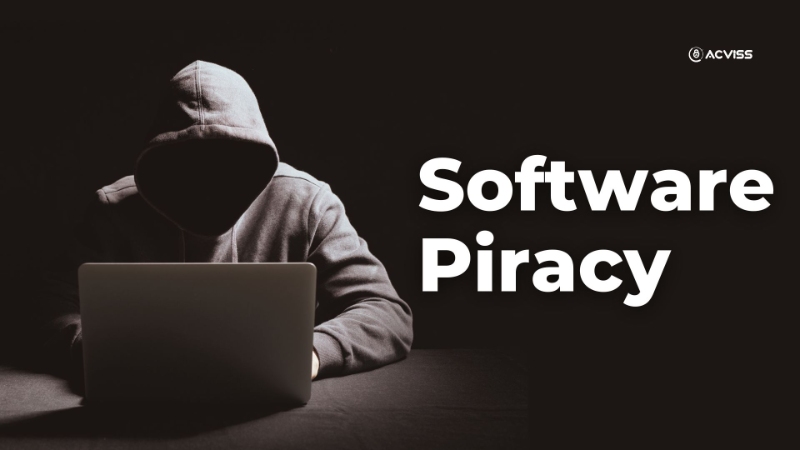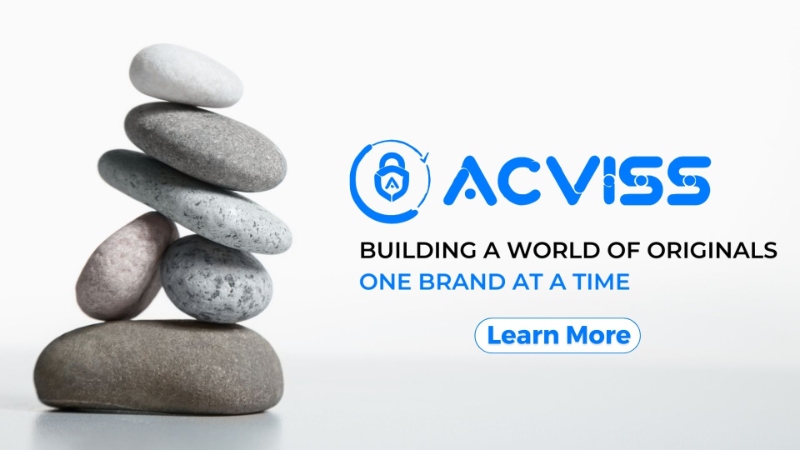The Shadow World of Software Piracy: Costs and Consequences

Whenever we discuss the threat of counterfeiting there is one we woefully ignore, software counterfeiting. Software piracy, the unauthorized distribution or use of copyrighted software, continues to haunt the digital landscape, casting a shadow over the realm of technology. With advances in communication and file-sharing technologies, this illicit practice has become increasingly prevalent.
Understanding Software Piracy
Pirating of movies and songs makes a lot of buzz and is debated and discoursed at large. However, the scale of software piracy is rather left to be dealt with in silence. Software piracy encompasses the unauthorised reproduction, distribution or use of copyrighted software, violating intellectual property rights. They include activities such as cracked software and keygens and circulate freely on illegal file-sharing platforms.
When you are using paid software without a license or paying a fee, the software is pirated. To better understand what piracy is if you are interested in using graphic design tools or other editing software, one of the most suggest software is from Adobe. To use them, you have to pay a subscription fee and you will get access to the software to your liking. But you can also get cracked versions or unlicensed versions of the same.
Some of the most pirated software are:
Windows OS
Microsoft Word
Microsoft Office
Adobe Photoshop
Microsoft Excel
Antivirus software (Avast, Mcafee, Kaspersky, etc)
WinRar
Microsoft Powerpoint
AutoCAD
Different Forms of Software Piracy
Software piracy takes various forms, including:
a) End-user piracy: This occurs when individuals or organizations use unlicensed software or make unauthorized copies for personal use.
b) Counterfeit software: Involves replicating and selling fake copies, deceiving consumers into purchasing pirated software.
c) Internet piracy: Thrives on file-sharing platforms, torrents and warez sites, facilitating the distribution of unauthorized software copies.
d) Hard-disk loading: This happens when a seller pre-installs pirated or unlicensed software into the device purchased by the buyer.
The Costs of Software Piracy
1. Economic Impact
Software piracy exacts a heavy toll on the global economy. According to the Business Software Alliance (BSA), the commercial value of pirated software exceeds $46 billion. This staggering figure reveals a significant drain on the software industry and the broader economy. Lost sales revenue and job opportunities contribute to economic instability and hinder innovation.
2. Stifling Innovation
Software piracy stifles innovation by discouraging software developers from investing in new products. The financial loss incurred due to piracy limits research and development resources, hindering the creation of groundbreaking software solutions. This cycle perpetuates a vicious loop, where piracy cripples innovation, leading to a stagnation of technological progress.
Click here to learn how counterfeiting affects customer experience and the solution for it.
The Root Causes of Software Piracy
1. High Software Prices
One of the driving forces behind software piracy is the high cost of licensed software. Some software prices are beyond the reach of individuals or businesses with limited financial resources. In such cases, piracy becomes an appealing alternative. However, it is essential to recognize that software developers invest significant time, effort and funds in developing software and fair compensation is crucial to sustaining innovation.
2. Lack of Awareness and Education
Insufficient awareness and education regarding intellectual property rights contribute to the prevalence of software piracy. Many users are unaware of the legal and ethical implications associated with using pirated software. And counterfeiters and scammers take advantage of it. Increasing awareness through educational campaigns can play a pivotal role in combating piracy.
Consequences of Software Piracy
1. Legal Consequences
Software piracy carries severe legal consequences. Copyright infringement laws protect software developers and violators may face civil lawsuits, hefty fines, or even imprisonment. Governments worldwide are taking measures to enforce copyright laws and protect intellectual property, ensuring a fair playing field for the software industry.
2. Security and Malware Risks
Pirated software poses significant security risks. Unauthorized copies often come bundled with malware, spyware, or viruses that compromise users’ privacy and system integrity. By using pirated software, individuals expose themselves to vulnerabilities that stem from untrustworthy sources.
Solutions to Combat Software Piracy
1. Improved Pricing and Licensing Models
Software developers can address piracy by adopting flexible pricing and licensing models. By offering more affordable options, such as subscription-based services or tiered pricing, developers can make licensed software more accessible to a broader audience.
2. Strengthening Legal Frameworks
Governments must reinforce copyright laws and increase the penalties for software piracy. Strict enforcement sends a clear message about the seriousness of intellectual property theft and acts as a deterrent to potential pirates.
3. Education and Awareness
Raising awareness about software piracy and its consequences is paramount. Educational campaigns targeting individuals, schools, and businesses can promote a culture of respect for intellectual property rights and encourage ethical software use.
4. Implementing an anti-counterfeiting solution
Most of the pirated software is distributed through websites, torrents or other platforms on the Internet. And it is a necessity to take control of where your software is distributed. Having an anticounterfeit solution that can scan through the internet can be advantageous in the long run and take away a good chunk of your burden.
But how?
Acviss gives you Truviss, the only solution you need to protect your company across online channels. With the use of AI and Machine learning tools, Truviss can scan through the digital space, be it websites, social media or even the dark web. It can identify any unauthorized use of your IP and instantly report and eliminate them without breaking a sweat. With over 5 billion people using the Internet daily for their needs, it is not a bad idea to safeguard your place in cyberspace.
Software piracy remains an ongoing battle that threatens the software industry's sustainability, hampers innovation and jeopardizes users' security. Recognizing the economic, legal and ethical implications of piracy is crucial to promote a responsible digital ecosystem. By fostering awareness, implementing effective pricing models and strengthening legal frameworks, we can navigate these treacherous waters and chart a course towards a future where software piracy becomes a relic of the past. Together, we can safeguard intellectual property and preserve the vitality of the software industry.
